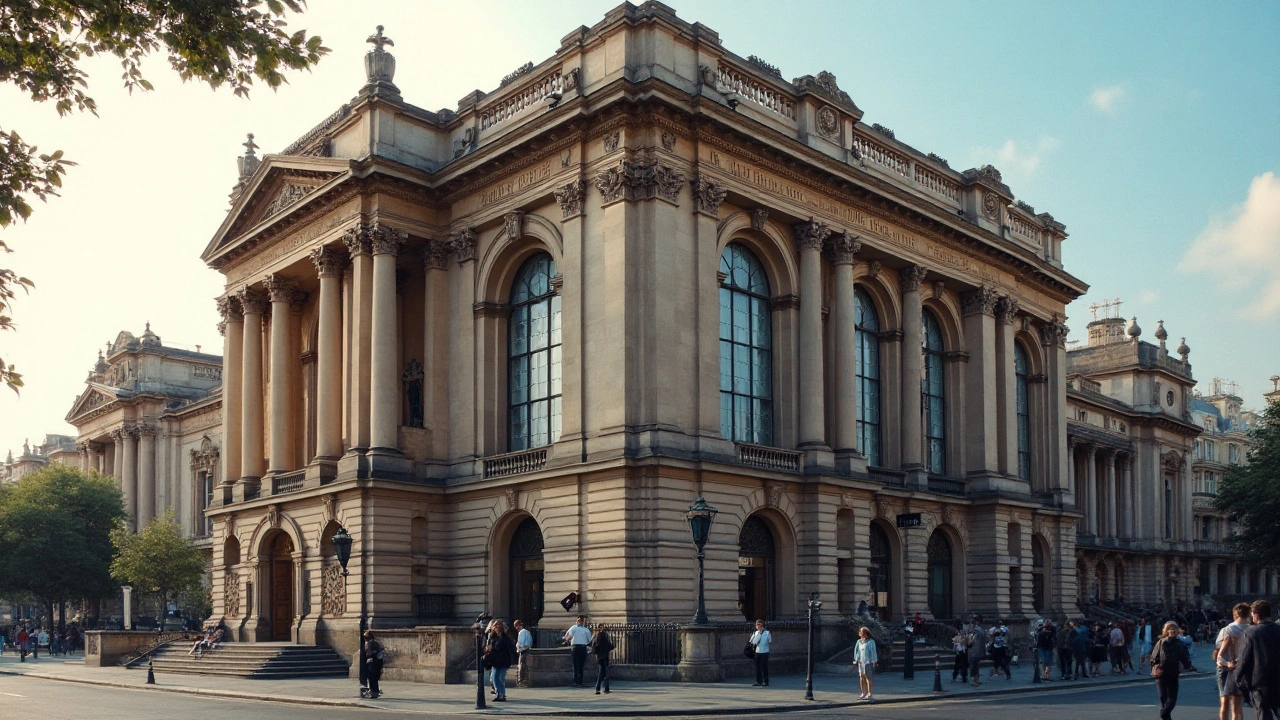Discover how Beaux-Arts architecture has left a lasting imprint on societies around the globe. From grandiose public buildings to elegant private homes, this architectural style has both shaped cityscapes and influenced modern design principles. Learn about its origins, key features, and notable examples that continue to be celebrated today.
Society Influence in Architecture: How Culture, Power, and People Shape Buildings
Streets, facades, and public squares show what people value, who held power, and how technology changed daily life. Look at a column, a plaza, or a factory and you'll find a social story, not just style.
Colonial empires left clear marks. Spanish and Portuguese colonial towns in Latin America planned central plazas for religion and power. British colonial buildings in India mixed local craft with imperial scale to signal control and adaptation. Those choices tell you about trade, labor, and cultural exchange, not only taste.
Political ideas steer design too. Greek Revival spread in the 19th-century United States because young republics wanted connections with ancient democracy. Beaux-Arts boulevards in Paris reflect a state that favored order, ceremony, and grand public life. When ideology matters, architecture becomes propaganda and identity at once.
Technology reshapes form. Ancient Romans used concrete and arches to build roads and aqueducts that lasted centuries. Later, steel frames and glass let architects open cities up with towers and transparent facades. High-tech architecture and neo-futurism push that further, celebrating machines and new materials as signs of progress.
Everyday needs leave a quieter trace. The ranch house and American Craftsman show how family life and local craft influenced plans and materials. Mid-century modern celebrated openness and leisure after wartime austerity. Those styles grew from real lives, budgets, and comfort, not abstract theory.
Artists and movements shift the rules. Bauhaus tied art, craft, and industry to make practical, affordable design. Constructivists in Russia aimed to build a new society with bold forms and communal spaces. Postmodern architects challenged modern rules, mixing history and humor to reflect a more fragmented culture.
Reading buildings is a useful skill. Notice scale first: big scale often signals power or public use; smaller scale suggests private life. Check materials: brick and stone say tradition, glass and steel hint at industry or transparency. Look at ornament: heavy decoration may signal wealth or ceremony; simple lines often mean efficiency.
How societies use space matters too. Public squares, parks, and transit nodes reveal priorities in health, mobility, and social mixing. Urban planning choices, wide boulevards versus winding alleys, show whether a city favored control, commerce, or gradual growth.
If you want to explore, pick a nearby neighborhood and walk. Compare a civic building to a house, a factory to a mall. Spot the era, the visible tech, and the social story. Read plaque texts or local guides to fill gaps.
Architecture records social change. It stores stories about where people worked, prayed, and gathered. If you pay attention, buildings teach you about history, power, and everyday life, and make cities feel much more interesting.
Want quick reads? Start with posts on this tag to see clear examples: colonial, Renaissance, Beaux-Arts, Bauhaus, or movements like high-tech and neo-futurism. Each article has short takeaways and images to help you spot the social fingerprints in design. Go look and tell a friend what the buildings reveal. Start with your block.

